Taking What Is Left
Her Holiness Shinso Ito
April 25, 2022
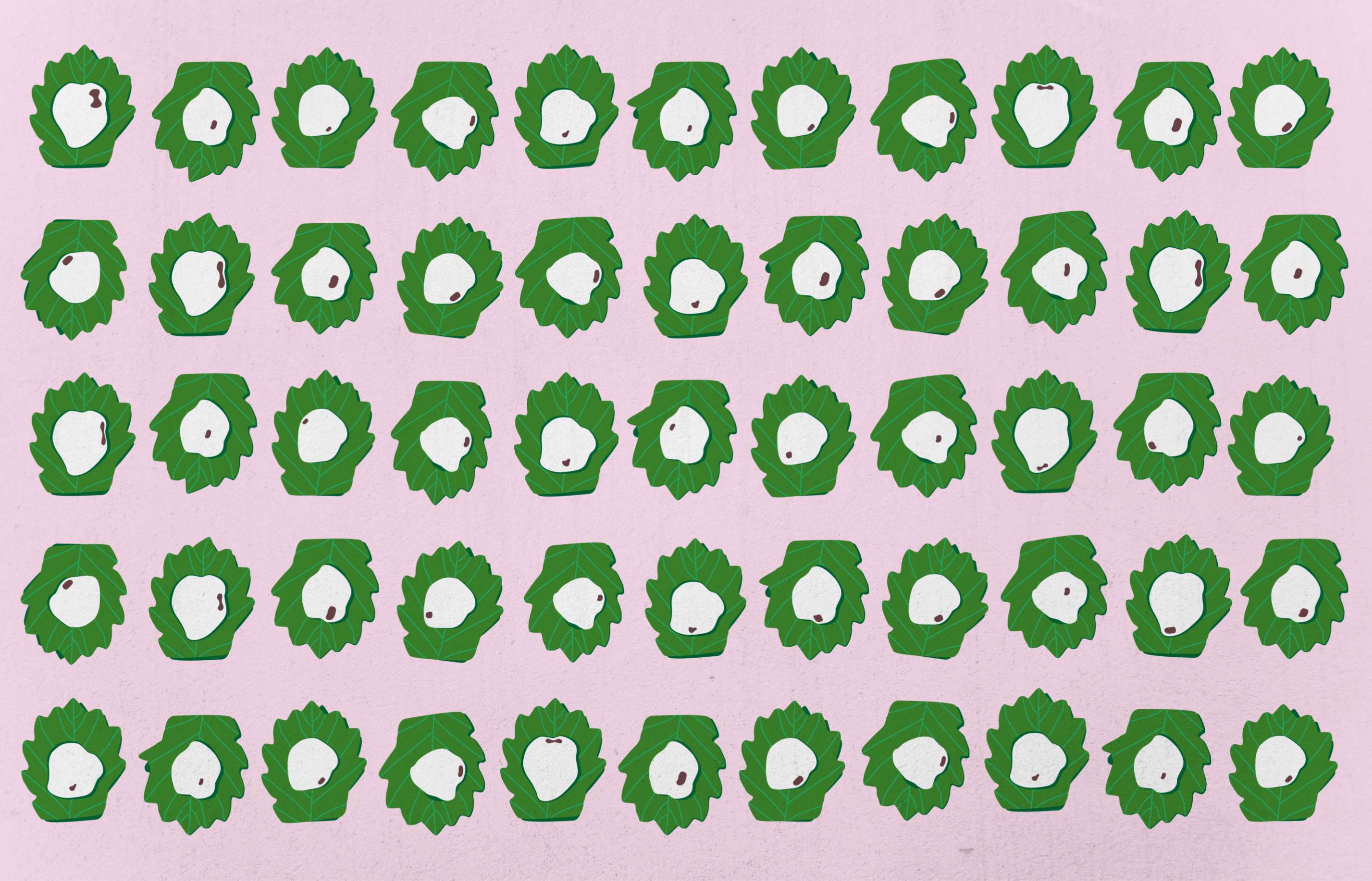
I would like to share with you some of my early memories of celebrating Boys’ Day1 on May 5 with my brother Shindoin at a time when we had yet to begin holding the service in gratitude for the Shinnyo spiritual faculty.
My mother Tomoji cherished the seasonal events that have traditionally been observed in Japan and always made sure that we experienced them, which I believe has truly enriched our lives. The Boys’ Day display put up at our home included a miniature samurai helmet and armor, a Zhong Kui2 doll, and a ruddy-cheeked Kintaro3 doll shouldering an ax and riding on a bear.
We also made kashiwamochi rice cakes wrapped in oak leaves as special sweet treats traditionally served on this occasion. Tomoji was always the one to call out to us kids and staff members, which in those days numbered only a dozen or so, to get started with the job, helping her cook the sweet bean paste, roll it into small balls, and flatten out the rice flour dough to cover the bean paste filling. Since I had just started elementary school, this flattening and wrapping of the dough around the bean paste center was rather difficult for me. Oftentimes I ended up making awkwardly shaped rice cakes or poking a hole in the stretched-out dough from where the bean paste would show through.
But Tomoji never told me I needed to do a better job. Instead she would say, “Well done! What fun to see the rice cakes in all these different shapes and sizes!”
But Tomoji never told me I needed to do a better job. Instead she would say, “Well done! What fun to see the rice cakes in all these different shapes and sizes!” Then she would pick the best-looking one to offer to the buddhas, and take the second best to Master Shinjo. She made sure that the staff members got good ones as well, leaving us to take the remainder, which were often misshapen with bean paste sticking out through the uneven dough. Just as the spiritual words indicate, “Give the good to others, and take what is left for yourself,” Tomoji always contentedly took the most oddly shaped rice cakes.
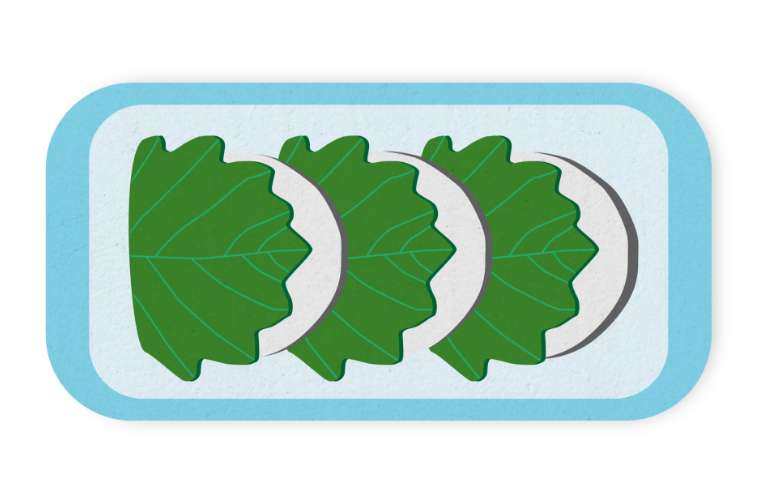
In these happy moments, Master Tomoji taught us both how we could give joy to others and the most important lesson in our lives: to honor the buddha realm by humbly expressing the qualities of buddhahood (lovingkindness and compassion) every day, at all times. She taught by example, demonstrating these qualities through the way she lived her life. We could see how sincerely she dedicated herself to honoring her Buddhist master, also her husband, which taught us to honor him in the same way, respectfully, as both our Buddhist master and father. She taught us to cast aside our egos and give the best we could offer to as many people as possible. To “take what is left” is to walk the Buddhist path; I would like you to know that this is the most meritorious of acts in which we can engage.
1. (Jpn. Tango no Sekku); celebrated on May 5 as Boys’ Day until 1948, when the government declared this day to be a national holiday known as “Children’s Day” to celebrate the happiness of all children, both boys and girls. It continues to be a popular holiday tradition observed throughout the country. All items on the display (including samurai helmets, armor, and legendary folklore heroes) are symbols of strong, healthy boyhood.
2. Zhong Kui (Jpn. Shoki) is a figure in Chinese mythology who is traditionally regarded as a vanquisher of ghosts and evil beings. He was said to have the power to command 80,000 demons.
3. Kintaro is a hero from Japanese folklore renowned for his strength as a boy.
View more stories

Coming Home
By Amy Leval
Amy, an American living in Sweden, shares the story of how the simple practice of offering merit on behalf of family members that she had never met opened the way for healing and reunion within her extended family.
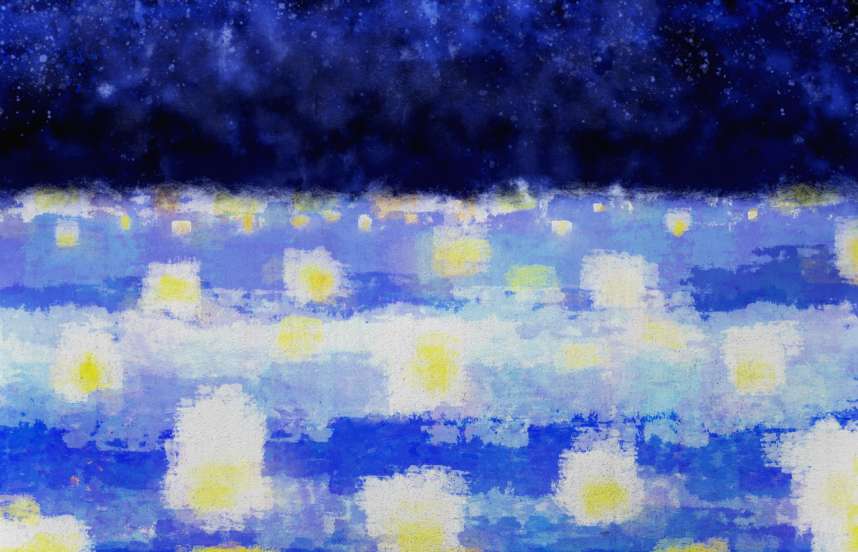
Sending Off the Spirits of the Dead
By Temple Staff Member
In this article from a 1954 Shinnyo-en newsletter, a member of the temple staff describes an early lantern floating officiated by Shinjo and Tomoji Ito. Despite the many decades since it was written, the account will be remarkably familiar to participants of contemporary lantern floatings.
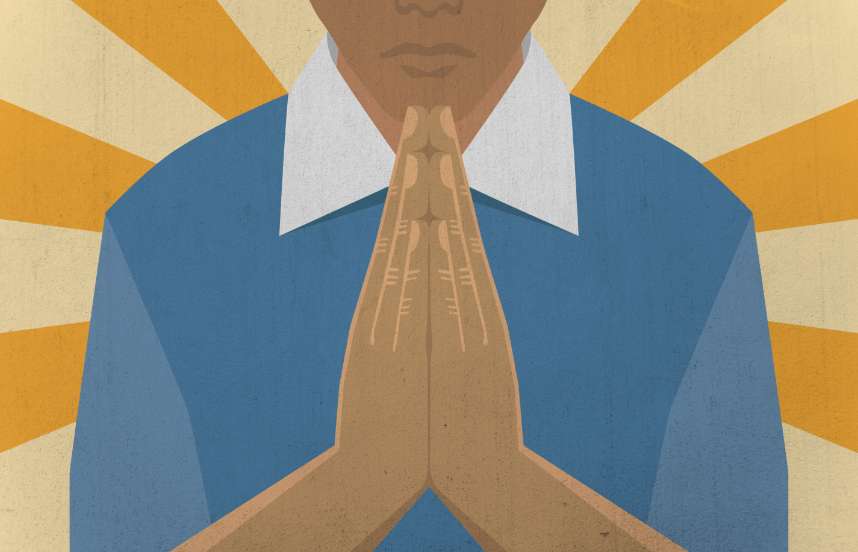
The Spirit of Gassho: Cultivating Gratitude as a Spiritual Practice
By Her Holiness Shinso Ito
Her Holiness likens living a true spiritual life to greeting others with a reverent expression of appreciation. A spirit of gratefulness for others and all that we have cultivates contentment and joy within us. It is a simple practice that we can only experience in the company of others.
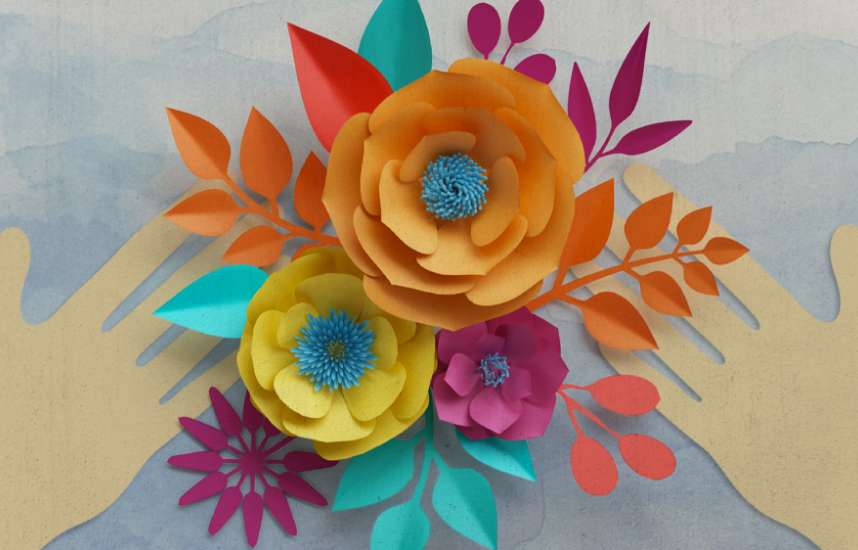
Walking on My Own with Others
By Takako Masuda
Takako Masuda, whose disability once made her introverted and aloof, describes how a warm, encouraging gesture from Her Holiness helped her realize we never truly walk alone.
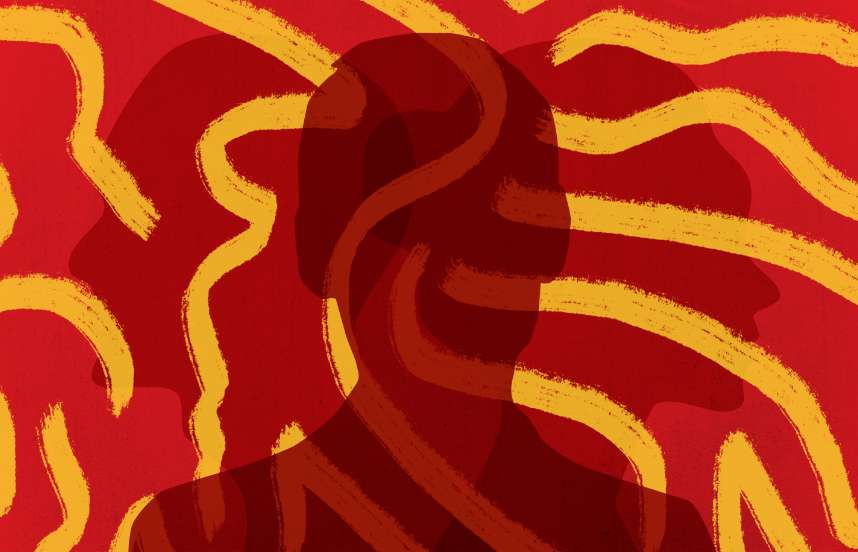
Healing Bitterness with Joy
By Tracy Yang
Tracy Yang, who lives in the United States, shares the story of her family breaking apart, the hardship of emigrating to New York with her mother, how sesshin helped her to uproot feelings of anger toward her and truly see her for who she is, and how with practice, her bitterness turned to joy.

Kindling the Warmth of Shinnyo in One’s Heart
By Nicolas Simonet
French practitioner Nicolas Simonet shares how, even after being a member of Shinnyo-en for a long time and feeling he knew more than others, a crisis in his relationship provided him a mirror to see his own failings, and finally ground his practice in his heart.
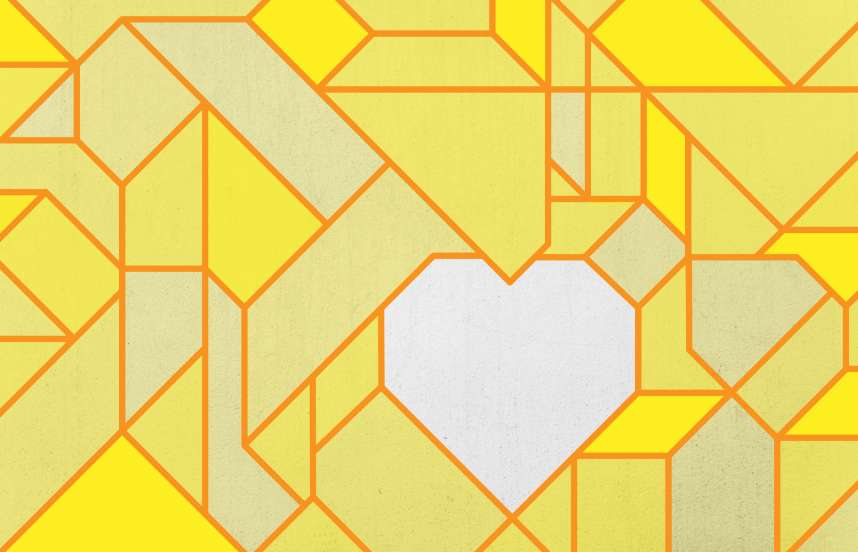
Practicing from the Heart
By Lisa Bandiera
Lisa Bandiera, a member of the Shinnyo-en temple in Sydney, Australia, describes how sesshin invigorated her spiritual practice within her family, and how studying at Shinnyo-en has deepened and enriched her understanding of the faith tradition she was raised in.
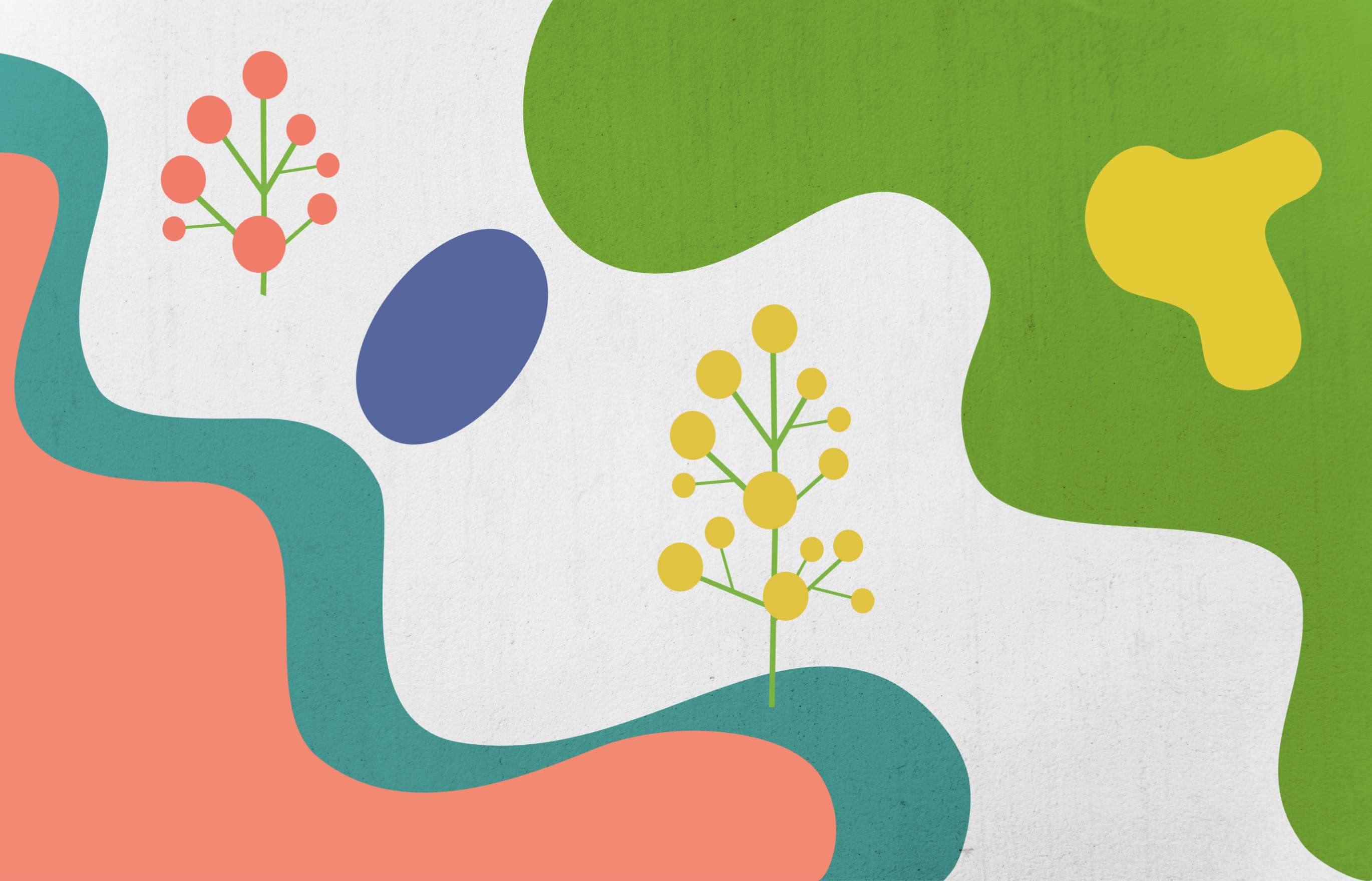
Spiritual Training in a City Full of Potential Buddhas
By Ai Yamanaka
Shinnyo-en practitioner Ai Yamanaka, from New York, finds spiritual inspiration, a happy life, and encouragement in the joyful open-heartedness hidden beneath the city’s superficial gruffness.

Steadfastly Walking the Path with Others
By Master Shinjo Ito
Master Shinjo Ito, the founder of Shinnyo-en, shares how the image of Achala (“the immovable one”), inspires development of a spirit of loving kindness and compassion toward others in one’s practice that remains steadfast, regardless of circumstances or recognition.

The Longest Journey Begins With the First Step
By Robert Mize
Shinnyo-en member Robert Mize of the temple in Redwood City, California, reflects on how his practice fits into his Christian background, the healing power of mentorship and community at Shinnyo-en, and on how the long-term perspective fuels his practice of small acts of kindness.

The Transformative Effects of the Shinnyo Path
By Guillaume Riou
French practitioner Guillaume Riou shares his very personal story of practicing Shinnyo‑en, and how the simple act of praying for a cousin’s premature baby opened his heart to an estranged family member, and helped to heal the whole family.
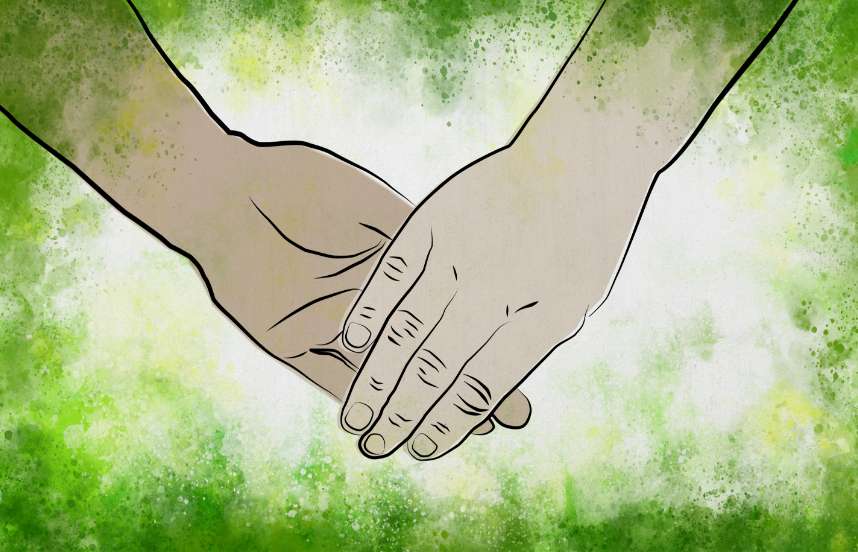
Touching Our Buddha Nature
By Mark S.
Shinnyo-en practitioner Mark, from the United Kingdom but practicing in Japan for the last 20 years, explains how getting in touch with his “buddha nature,” his natural goodness within, helped him recognize the support and friendship of others around him and really be himself.
